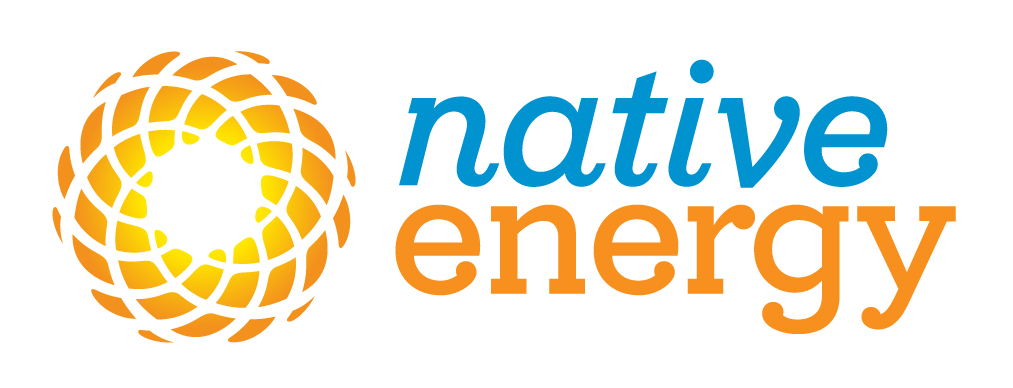Climate and Crampons: Outdoor Industry Protects Its Most Valuable Asset

Salt Lake City is not the first city I’ve visited through my work at NativeEnergy where localized pollution has made for an uncomfortable visit. It serves as a potent reminder of the reason I’m there. Last year in Nairobi, on a trip to launch the development of our first clean water project, the black carbon coming from vehicles would literally choke me. I wondered if we could implement a trucking efficiency project there like the one we did in the U.S. in 2008. Most recently in Salt Lake City—where I attended the Outdoor Industry Association’s Sustainable Working Group (SWG) meetings—I ran on the treadmill instead of facing the inverted air. That seems a contradictory choice for exercise in a city notable for being a gateway to outdoor activity. Throughout my visit, the dirty air was a little jab in my ribs: find partners, build more projects, find ways to build more innovative projects to match these multi-dimensional pollution challenges that are here and now. How can we act faster, bigger, and better?
I found myself among good company at the January SWG meetings. The leaders of the outdoor industry gathered in large numbers and shared experiences, best practices, and strategy. It showed unprecedented openness among competitors in order to advance industry standards on environmental and social responsibility. The Outdoor Industry Association has worked closely with the Sustainable Apparel Coalition to develop the Higg Index. Companies like Patagonia, Burton, Timberland, REI, and PrAna are among the first companies to pilot the software, which scores their products and facilities on environmental and social performance. In the face of climate change and all the implications it has for the outdoor industry, I was heartened by the scale of the collaborative effort that was happening around me.
About NativeEnergy
NativeEnergy is an expert provider of carbon offsets, renewable energy credits, and carbon accounting software. With NativeEnergy’s Help Build™ offsets, businesses and individuals can help finance the construction of wind, biogas, solar, and other carbon reduction projects with strong social and environmental benefits. Since 2000, NativeEnergy’s customers have helped build over 50 projects that are now keeping millions of tons of greenhouse gases out of the air. All NativeEnergy carbon offsets undergo third-party validation and verification. Learn more at www.nativeenergy.com.

